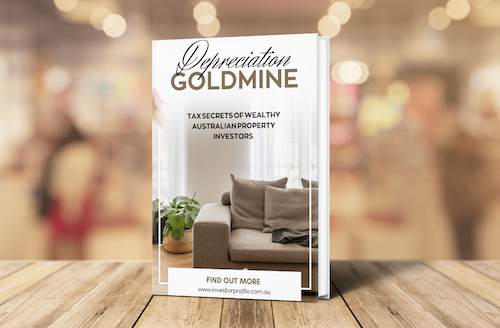How a $100K Salary Built a $1.8M Property Portfolio Over 17 Years
Back in 2008, James, who earned a steady income of $100,000 per year, began his venture into property investment. With the help of negative gearing strategies and a keen eye on interest rate movements, he gradually built an impressive portfolio, even as market conditions shifted over the years.
Interest Rate Trends: 2000–2025
Australia's interest rate landscape has experienced dramatic changes over the past decades. Rates were as high as 7% in the early 2000s, dropped to a historic low of 0.10% during the COVID-19 period, and in 2023 had risen to 4.35%. These fluctuations have shaped the borrowing environment and influenced every investor’s approach.
- 2008–2010: Approx. 3% during the Global Financial Crisis.
- 2011–2019: Gradual decline approaching 1%.
- 2020–2022: Record lows at 0.10%.
- 2023–2025: Increasing to 4.35%, then easing to 4.10%, with forecasts suggesting around 3.35% by the end of 2025.
These variations had a significant impact not only on borrowing costs but also on the effectiveness of negative gearing for property investors.
Understanding Negative Gearing
Negative gearing allows an investor to deduct the losses incurred (when expenses exceed rental income) from their taxable income, thereby reducing their overall tax liability. High interest rates tend to increase these deductible expenses, while lower rates can improve cash flow.
Mortgage Repayment Comparison
Consider a $400,000 loan over a 30-year term. Here’s how the repayments change with different interest rates:

Discover the #1 tax secret wealthy Australian property investors use to grow their portfolios faster — even in a high interest rate environment.
- Learn how to turn wear and tear into wealth
- See real examples of $15,000+ first-year deductions
- Understand how to structure your purchases for maximum after-tax ROI
Download Your Free Wealth Building Guide
This ebook reveals how to legally slash your tax bill while building long-term wealth through property. Learn the strategies savvy investors use to gain an edge — even before settlement.
- Maximise tax deductions and improve cash flow
- Understand Division 40 vs 43 and how to claim both
- Position yourself to reinvest and scale faster
- At 4.35%: Monthly repayment of $1,998 with roughly $316,640 in interest over the loan's life.
- At 4.10%: Monthly payment drops to $1,950, totaling about $301,135 in interest.
- At 3.35%: Repayment decreases further to $1,774 per month, with approximately $239,105 in interest.
James's Investment Journey
James acquired three properties over the years, each with its own strategy:
First Property (2008)
- Purchase Price: $350,000 with a loan of $315,000 at 6.5% interest.
- Annual Rent: $18,200 against expenses of $24,475.
- Outcome: A loss of $6,275, partially offset by a tax benefit of around $1,976.
- Strategy: Endured higher interest rates aiming for long-term capital growth post-GFC.
Second Property (2016)
- Purchase Price: $450,000 with a $405,000 loan at 4.0% interest.
- Annual Rent: $22,500 with expenses of $20,700.
- Outcome: Generated a positive cash flow of $1,800.
- Strategy: Utilized the equity from the first property to secure the deposit.
Third Property (2021)
- Purchase Price: $600,000 with a loan of $540,000 at 2.5% interest.
- Annual Rent: $30,000 against expenses of $18,500.
- Outcome: Delivered a healthy positive cash flow of $11,500.
- Strategy: Focused on generating yield with a lower reliance on negative gearing.
The Impact of Rising Rates (2023–2024)
When the interest rates spiked to 4.35%, James’s portfolio encountered cash flow challenges again. Annual shortfalls were around $10,000, though tax offsets helped cushion the impact.
Looking Ahead: 2025 and Beyond
As interest rates decline to 4.10% and approach an anticipated 3.35%, the pressure on cash flow starts to ease. James shifts his focus towards boosting rental incomes and exploring refinancing options to further stabilize his investments.
Portfolio Snapshot by 2025
- Total Property Value: Approximately $1.8 million.
- Equity Built Up: Around $600,000.
- Annual Rental Income: About $70,700.
- Total Loan Balances: Roughly $1.2 million.
- Cash Flow: Marginally positive.
Overall Investment Outcome: 2008–2025
- Total Rental Income: $631,900
- Unrealized Capital Gain: $675,000
- Combined Investment Returns: Roughly $1.3 million (gross)
Final Thoughts
James's story is a testament to the potential of long-term property investment. Even with a modest $100K salary, disciplined investing, effective tax planning, and an adaptive strategy in response to changing interest rates can pave the way to significant wealth over time.


